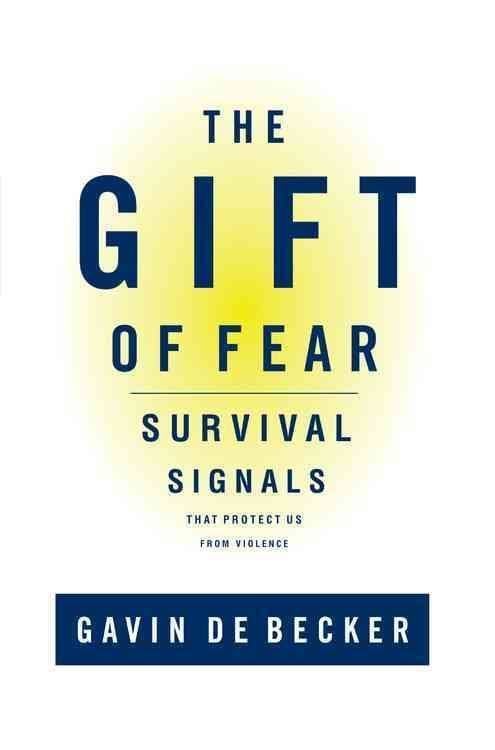8.4 /10 1 Votes8.4
Language English Originally published 1997 Country United States of America | 4.2/5 Goodreads Media type Print and Kindle OCLC 36143575 | |||||||||||||||||||||||||||||||||
 | ||||||||||||||||||||||||||||||||||
Similar Psychology books, Fear books | ||||||||||||||||||||||||||||||||||
The Gift of Fear: Survival Signals That Protect Us from Violence is a nonfiction self-help book (Dell Publishing 1997, republished with new epilogue 1998) written by Gavin de Becker. The book demonstrates how every individual should learn to trust the inherent "gift" of their gut instinct. This way it becomes possible to avoid potential trauma and harm by learning to recognize various warning signs and precursors to violence.
Contents
The Gift of Fear spent four months on The New York Times Bestseller List, was a #1 National Bestseller, and has been published in 14 languages. Fifteen years after its publication, The Gift of Fear has 25 published editions. The book has been endorsed by a wide variety of celebrities including Marcia Clark, Carolyn Hax, Oprah Winfrey, Meryl Streep, Jodie Foster, David Mamet, and others who have referred to the book in interviews.
In 2008, Oprah Winfrey dedicated an hour-long show to commemorate the 10-year anniversary of the publication of the book. In the last year of her show, she dedicated two hour-long shows to Mr. de Becker’s work in domestic violence.
For more than a decade it has regularly been the #1 bestselling book in the English language on Violence in Society, Abuse, and Safety. De Becker is also listed on Amazon’s Top 100 Self Help authors. The Gift of Fear was selected for the book 50 Psychology Classics.
Gavin de becker the gift of fear
Text summary
By finding patterns in stories of violence and abuse, de Becker seeks to highlight the inherent predictability of violence. The book explores various settings where violence may be found—the workplace, the home, the school, dating—and describes what de Becker calls pre-incident indicators (PINS). When properly identified, these PINS can help violence be avoided; when violence is unavoidable, de Becker claims it can usually be predicted and better understood. The Gift of Fear also describes de Becker’s MOSAIC Threat Assessment Systems, which have been employed by various celebrities and government agencies to predict and prevent violence.
PINS (Pre-Incident Indicators)
Reception
Described by the Boston Globe as a "how-to book that reads like a thriller", The Gift of Fear spent four months on The New York Times bestseller list and was a #1 US bestseller.
